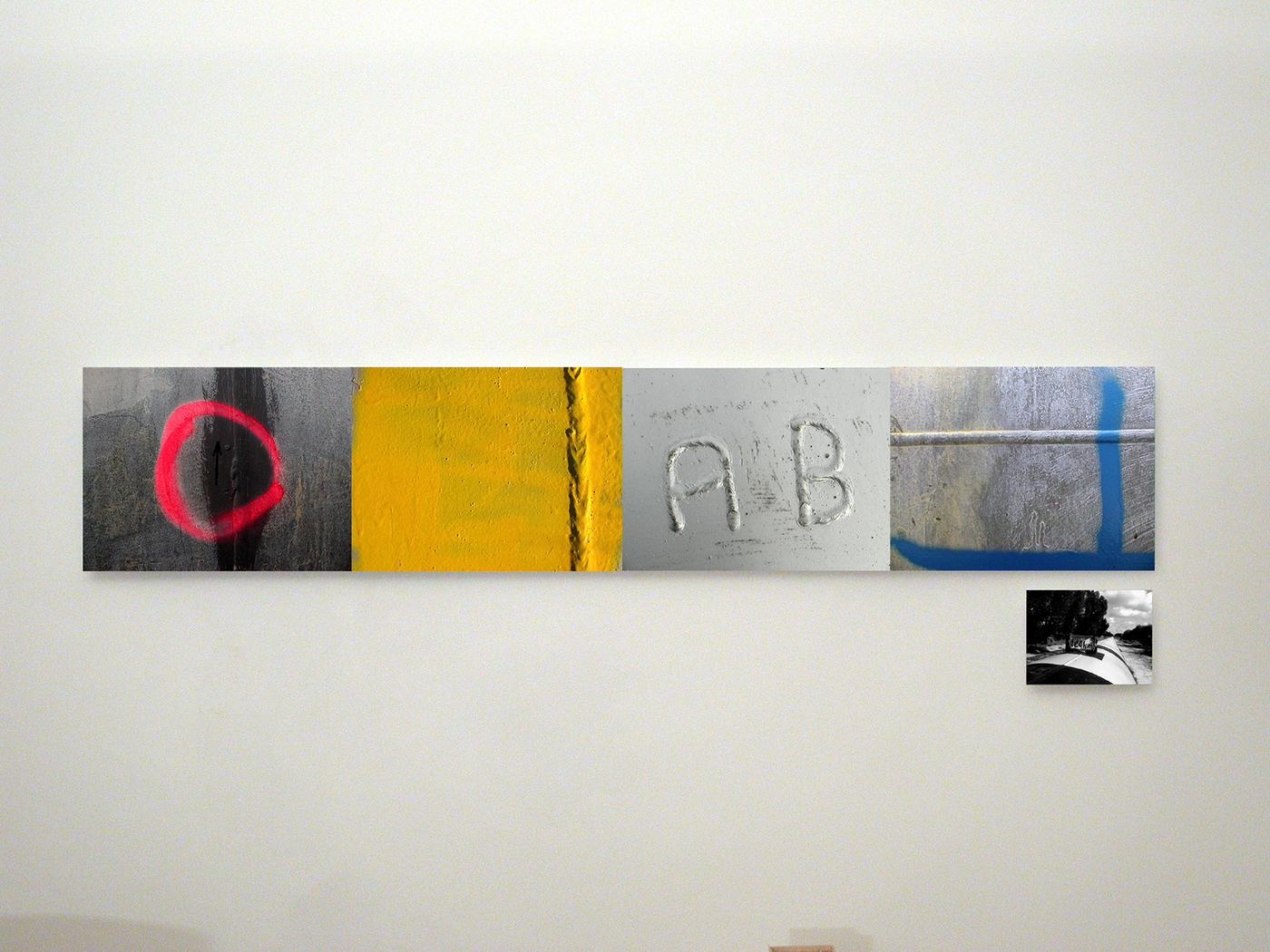The art that didn't want to be
Cavenago welcomes the absence of what is now commonly referred to as street art. He does not consider it a sign of vitality, but rather a mannerist form, a stylised echo of what was happening in 1970s New York, when graffiti and writing were born as radical, socially situated acts. There, the sign was urgency, rupture, a gesture of belonging to a marginal community; today, it is often reduced to a replicated, consumed and domesticated aesthetic formula.
Along the pipeline, there is no room for this. The signs that emerge on the pipes are not the free and personal expression of an individual, but traces of work, of necessity. They are operational codes: control indicators, maintenance symbols, practical instructions that respond to a technical urgency, not a communicative urgency. In this, paradoxically, lies their strength. Precisely because they are not designed to 'signify' in an artistic sense, they end up opening up a field of reflection on the thin threshold that separates function from imagination.
Cavenago does not simply document an engineering infrastructure: through his attention to detail, he highlights how the utilitarian gesture can unintentionally produce forms with visual value. It is not street art that appears, but a repertoire of impersonal signs that, taken out of their technical context and transposed into the space of the work, are charged with unexpected aesthetic density. In this gap, between the necessity that generates them and the gaze that interprets them, lies the artist's reflection: art can arise even where it was not intended, not to express an ego, but as a silent revelation of a collective and functional language.

Social
Contatti
umberto@cavenago.info